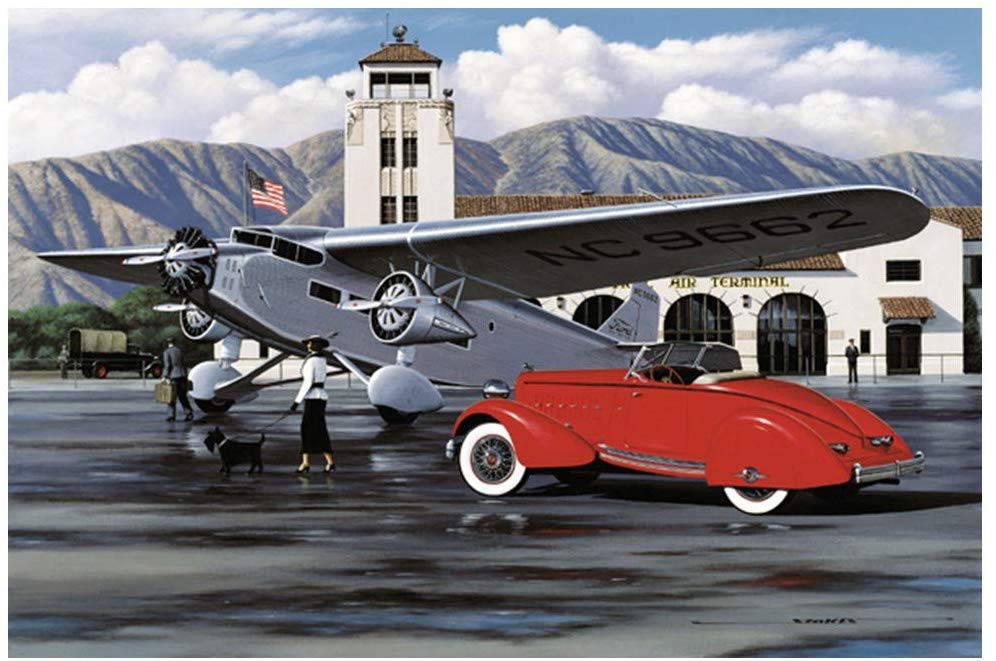When was the first commercial coast to coast flight?
US History of Tourism, first coast to coast flight: Transcontinental Air Transport (TAT) was an airline founded in 1928 by Clement Melville Keys that merged in 1930 with Western Air Express to form what became TWA. The Transcontinental Air Transport airline was like “The Lindbergh Line” and the idea began in the months after the 1927 transatlantic flight of Charles Lindbergh.
USA History of Tourism – The Lindbergh Line – First Coast to Coast Flight – Transcontinental Air Transport – TAT – Ford Tri-Motor

Who were the sponsors of the first commercial coast-to-coast flight in the USA?
The main sponsors of this commercial airline were:
- Charles Lindbergh,
- Harold Bixby,
- Henry Breckinridge,
- Harry Knight
- Commander William Robertson

